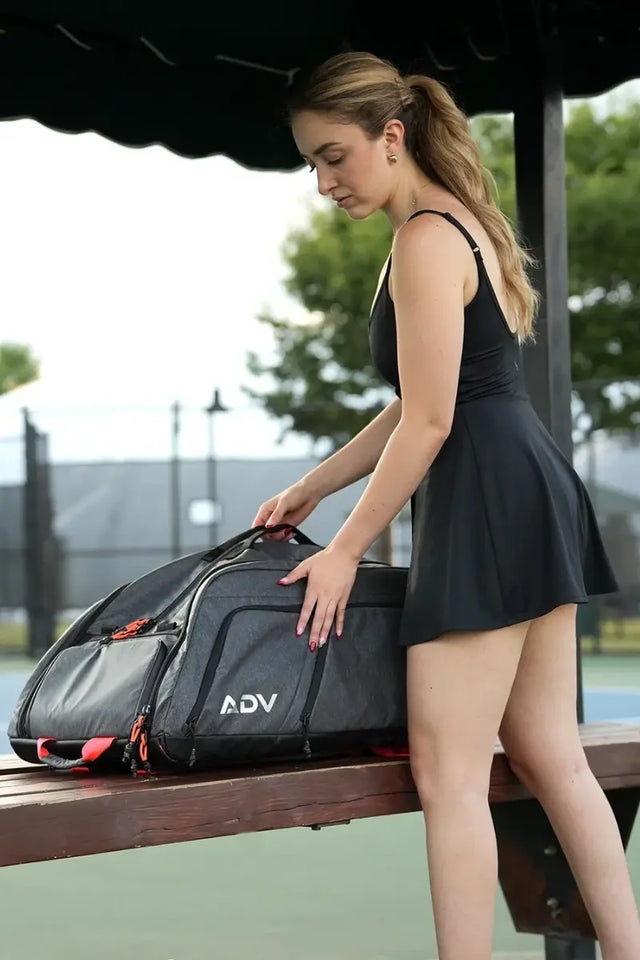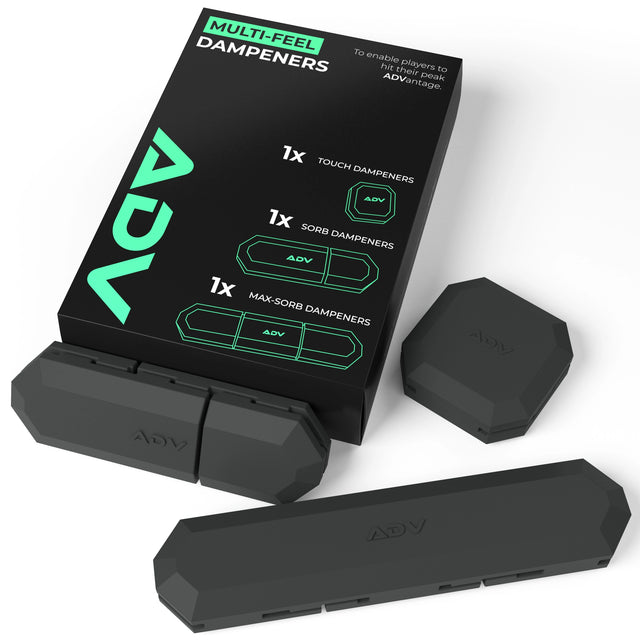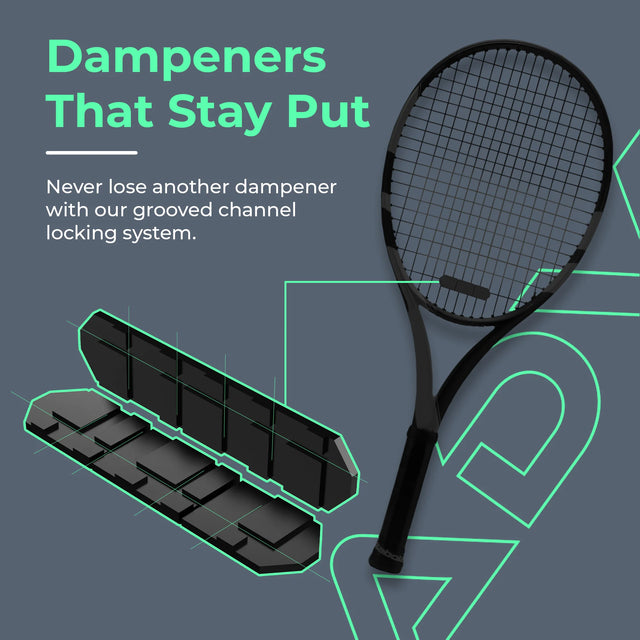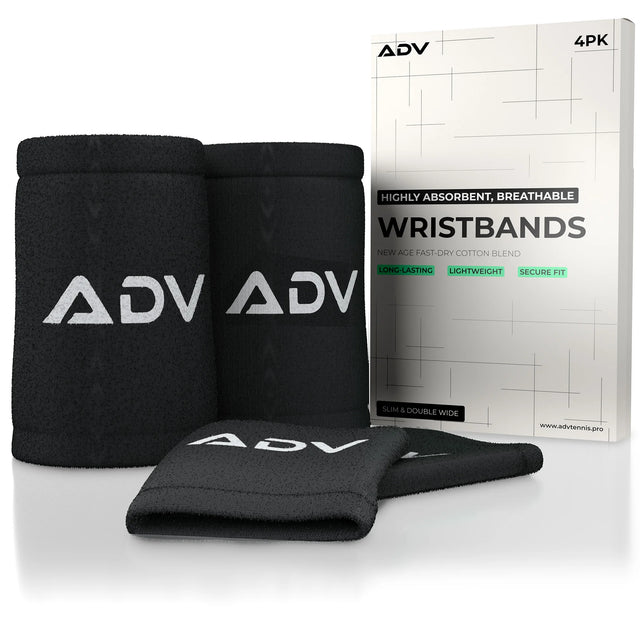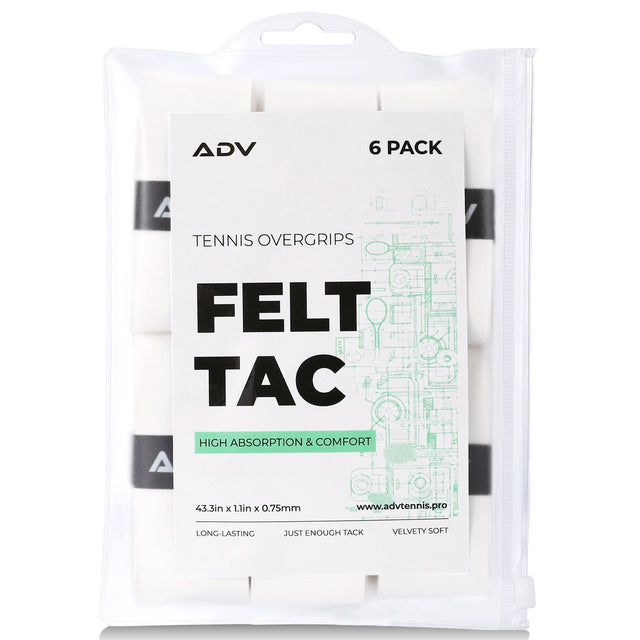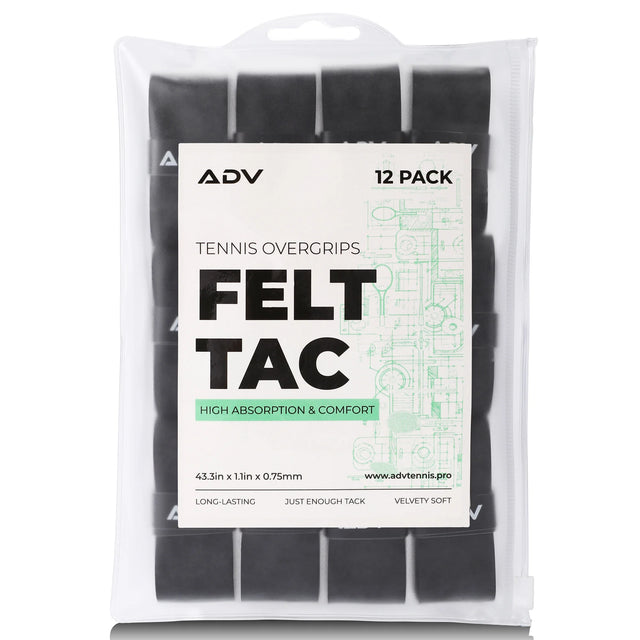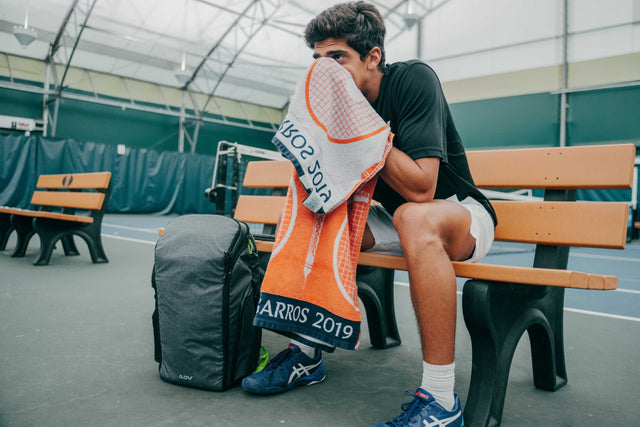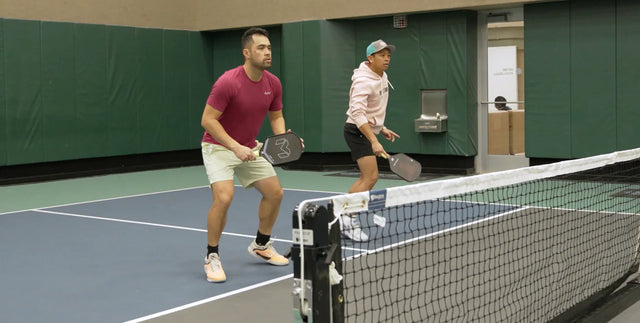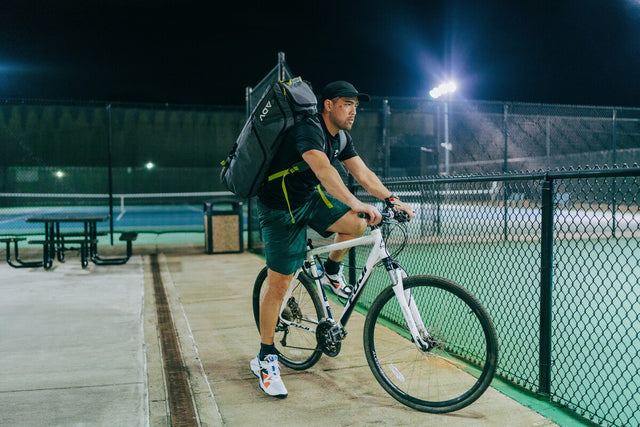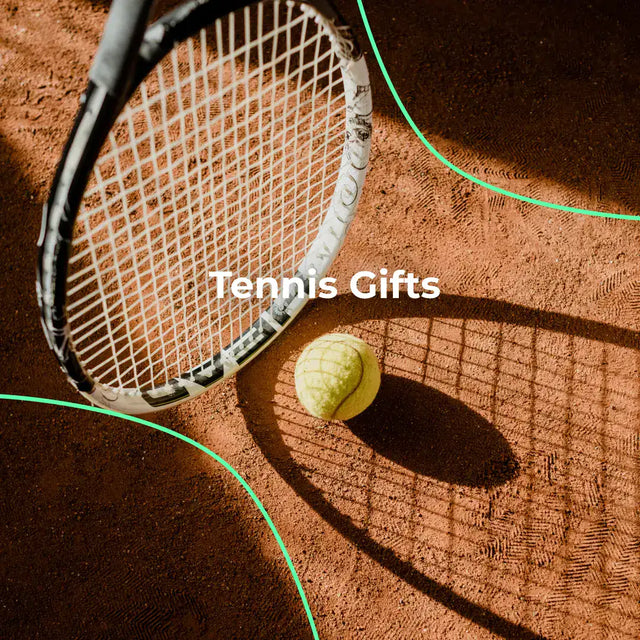How Tennis Bags Protect Your Valuables On And Off The Court
When you invest in quality tennis equipment, protecting that investment should be a top priority. Having a reliable tennis racket bag helps prevent unnecessary wear and tear on your gear. Tennis bags are designed not only to carry your rackets but also to protect them from accidental damage, such as scratches, bumps, or exposure to the elements. Proper padding and secure compartments make a huge difference when transporting your rackets, shoes, balls, and personal belongings. Without the right bag, your gear could easily suffer from dents, moisture exposure, or even misplacement. Choosing a thoughtfully designed tennis bag ensures that every piece of your equipment remains in good condition.
Understanding Tennis Bag Construction and Materials
The Role of Padded Compartments
Padded compartments play a crucial role in overall tennis gear protection. These compartments are thoughtfully placed inside the bag to cradle each racket securely, reducing the risk of dents, chips, or scratches that can occur during transport. Many bags feature foam-lined sections or cushioned dividers that keep your rackets separate, stopping them from rubbing against one another. This design detail becomes particularly important when carrying multiple rackets. The padding also helps absorb impacts if the bag is dropped or bumped, acting as a protective shield around your most important gear.
Reinforced Stitching and Abrasion-Resistant Exteriors
Strong stitching and durable exterior materials are essential for tennis sports bags that can withstand regular use. Bags with double or reinforced stitching along seams are less likely to tear, even when packed with heavy equipment. This construction feature ensures the bag remains reliable over time, no matter how often you carry it. Abrasion-resistant fabrics, such as treated polyester or heavy-duty canvas, provide an additional layer of protection. These materials resist fraying and scuffing when the bag is placed on rough surfaces, such as concrete or gravel.

Ripstop Nylon and Ballistic Weave
Many of the top tennis bag brands use specialized fabrics like ripstop nylon or ballistic weave to create products built to last. Ripstop nylon is crafted with a crosshatch pattern that prevents small tears from spreading, keeping minor damage from becoming a major problem. Ballistic weave, initially designed for military gear, offers excellent resistance against punctures and abrasions. Both fabric types balance strength with flexibility, allowing the bag to remain lightweight while still being incredibly sturdy.
Corrosion-Resistant Zippers and Magnetic Hardware
Zippers and hardware are often overlooked, but they are key elements in the life span of a reliable padded tennis bag. Made from premium polymers or treated metals, corrosion-resistant zippers guard against rust and guarantee seamless functioning even in moist conditions or after being exposed to perspiration. Some premium bags feature magnetic closures on accessory pockets, which not only add convenience but also secure smaller valuables.
Specialized Features for Maximum Tennis Gear Protection
Shock-Absorbing Dividers
A well-constructed tennis equipment bag typically features shock-absorbing dividers to securely hold each racquet in place. These dividers are designed with foam padding or impact-resistant materials that act as cushions between racquets, reducing the chance of contact damage. Dedicated compartments for racquets allow players to organize their gear in a way that avoids accidental collisions between frames and strings.
Waterproof Tennis Bags
For players who frequently practice outdoors or participate in tournaments, waterproof tennis bags offer an excellent solution for safeguarding gear from the elements. These bags typically feature sealed seams, preventing moisture from leaking into the interior compartments. Water-repellent coatings on the exterior material create an additional barrier against rain, splashes, and accidental spills. This means that even in unpredictable weather, your personal belongings stay dry and protected. Many waterproof models also incorporate protective flaps over zippers and openings, enhancing the bag’s defense against water intrusion. Unexpected weather can pose a significant challenge when transporting sensitive gear, but many tennis tournament bags are equipped with integrated rain covers for added security. These covers are typically stored in a compact pocket and can be deployed quickly when needed.
Vented Compartments and Moisture-Wicking Liners
Climate control features inside large tennis bags go far beyond simple storage—they play a vital role in keeping your gear fresh, dry, and protected from the damaging effects of trapped moisture. Below are the key benefits:
- Reduces Odor Build‑Up: Vented compartments counteract this by allowing continuous airflow, which disperses odors before they become deeply embedded in fabric or leather. The vents are typically positioned at strategic points—near the racket section and the footwear pocket—so that moist air has a direct escape route rather than stagnating among your belongings. Paired with antimicrobial, moisture‑wicking liners that draw liquid away from the surface into a breathable mesh, these designs create an environment in which odor‑causing microbes struggle to thrive. Instead of entering the locker room with a bag that reeks after a single match, you’ll find that well‑ventilated storage keeps odors subtle and manageable for days at a time.
- Prevents Mold and Mildew: Moisture‑wicking liners are engineered to channel liquid away from stored items, often using hydrophilic fibers that actively draw moisture inward and then release it through ventilation panels. This process keeps the interior fabric relatively dry, even when storing damp clothing or footwear. The liners are typically treated with antimicrobial agents that further inhibit the growth of fungal spores, making any residual moisture less likely to develop into a mold colony. Vented compartments enhance this protection by promoting consistent air exchange, preventing the formation of pockets of high humidity, and dramatically reducing the conditions under which mold thrives. Over time, this dual approach not only preserves the cleanliness of your apparel and gear but also safeguards your health by minimizing potential allergen exposure. Mushy, dark stains and musty odors—hallmarks of unchecked mold growth—are effectively averted.
- Protects Racquet Integrity: High humidity levels can cause graphite or composite frames to absorb water molecules, leading to microfractures or warping over time. Meanwhile, strings—especially natural gut varieties—can swell and lose tension, compromising ball response and control. By incorporating vented compartments specifically sized for racquet storage, bag designers ensure that moist air escapes quickly, preventing water vapor from lingering around sensitive materials. In conjunction with moisture‑wicking liners that absorb residual dampness from grips or sweat, these compartments maintain a stable microclimate around each racquet. Some premium bags even feature adjustable vent flaps that athletes can open for maximum airflow during prolonged storage or close when transporting in dusty environments. The result is a markedly reduced risk of frame distortion and string detuning, translating to consistent performance match after match.
- Improves Overall Longevity: Fabric components are less prone to rot and deterioration when they remain dry, while metal components such as rivets, buckles, and frame supports resist corrosion. Moisture-wicking liners and vented compartments work in concert to maintain low humidity levels, reducing oxidative stress on materials and preventing adhesive failures that can afflict poorly ventilated bags.
By integrating vented compartments and moisture‑wicking liners, large tennis bags evolve from passive carriers into active guardians of your gear.

Comparing Tennis Bag Styles for Different Needs
The Best Tennis Bags
Some bags are tailored toward all-around versatility, while others focus on particular preferences, such as gender-specific designs. For instance, tennis bags for men often feature larger frames, minimalist color schemes, and additional compartments for extra pairs of shoes or clothing. While these design details may appeal to certain players, the best choice ultimately depends on individual priorities.
Lightweight vs. Large Tennis Bags
Choosing between lightweight tennis bags and larger-capacity options depends on how much gear you typically carry to your matches or practices. Lightweight designs are ideal for players who prefer simplicity and ease of transport. These bags typically provide sufficient space for one or two racquets, along with the essentials such as balls and a water bottle. On the other hand, large ones cater to those who bring multiple racquets, extra clothing, towels, and accessories. The right size for you comes down to striking a balance between convenience and functionality.
Secure Tennis Backpacks and Tennis Tote Bags
Backpacks offer a balanced blend of comfort and functionality, with dedicated racquet sleeves and padded sections that keep your gear protected during daily commutes. They are especially convenient for players who cycle, walk, or use public transportation to get to their matches or practices. Tennis tote bags appeal to players who want a stylish yet practical way to carry their essentials, combining easy access with organized compartments.
How to Choose the Right Tennis Bag for Your Lifestyle and Budget
Evaluating Tennis Bag Cost
Bags at higher price points often provide premium materials, added durability, and advanced protective elements that justify the investment. However, there are also budget-friendly options that deliver reliable performance without unnecessary extras. Cost should not be the only factor in your decision, but it is wise to consider whether the price aligns with how frequently and intensively you use your gear. Occasional players may be well-served by affordable models, while competitive athletes might find value in spending more for advanced features that support their playing schedule.
Importance of Ergonomic Straps
Comfort plays a major role in how practical a durable tennis bag feels during daily use, especially when transporting heavy gear over longer distances. Here are several key features:
- Adjustable Shoulder Straps: The ability to tailor shoulder straps precisely to individual body dimensions is fundamental to preventing strain during extended wear. Truly adjustable straps go beyond simple length sliders; they incorporate several anchor points, allowing the strap to shift forward or backward on the bag body and to change the angle at which weight rests on the shoulders. Wide adjustment ranges accommodate players of diverse heights and torso lengths, so whether you’re tall with a longer spine or more compact, you can set the bag to sit at the lumbar region rather than tug at your neck. Premium straps often feature dual-density padding, with firmer foam near the bag connection for stability and softer foam at pressure zones for comfort. This is combined with a durable webbing carrier that resists stretching under load.
- Padded Back Panels: Multi-layer constructions typically combine open-cell foam, memory foam inserts, and moisture-wicking mesh liners to create a supportive yet breathable barrier between you and the gear. The open‑cell structure channels air through perforations, reducing heat buildup that can cause sweat accumulation and skin irritation. Memory‑foam zones contour to the natural curvature of your back, distributing weight evenly from the shoulders down to the lower lumbar regions and minimizing pinpoint pressure spots. In more advanced models, segmented padding articulates—each section moves independently as you swing your arms or climb stairs, maintaining consistent contact and comfort. The exterior of the back panel may feature abrasion‑resistant fabrics to withstand repetitive wear against clothing while ensuring durability.
- Chest and Waist Buckles: A chest buckle—a strap that spans between the shoulder straps at chest height—prevents them from slipping outward under weight and anchors the bag’s top to the torso, reducing bounce. Waist or hip belts shift a significant portion of the load onto the pelvic girdle, which is biomechanically better suited to carry weight than the shoulders alone. Effective buckles feature adjustable lengths and slide along rails to fit different chest and waist widths, accommodating both narrow and broader body types.
- Contoured Strap Designs: Ergonomic straps aren’t merely straight strips of foam and fabric; they’re shaped to mimic the slope of the shoulders and distribution of muscle groups beneath. Contoured strap profiles often feature a tapered or S‑curve geometry—wider at the top to cradle the trapezius muscle, narrowing under the arms to avoid friction, then widening again near the chest to distribute tension along the pectoral girdle. Some premium straps utilize 3D knitting techniques to create layered cushioning that conforms to the shoulders’ convex shape, thereby preventing the “dig-in” effect that can cause red marks and discomfort during prolonged wear. The inner surface typically features a non-slip silicone dot pattern or a grippy TPU coating to keep straps firmly in place on clothing. At the same time, the outer layer repels moisture and resists abrasion.
- Balanced Load Compartments: By placing these weights near your body’s midline, the system reduces torque on the spine and avoids uneven pull on one shoulder. To achieve this, designers incorporate multiple compartments: a central core pocket for racquets, side pockets for shoes or water, and smaller zippered sections for accessories, all arranged so that no single area becomes overloaded. Some bags feature removable, adjustable divider panels that let you customize compartment sizes and shift heavy objects inward or outward as needed.
Comfortable transport depends not just on cushioning or straps in isolation but on how these elements interact to cradle your body and distribute gear weight intelligently. Such thoughtful weight management systems ensure you arrive at every court ready to perform at your best.

Investing in the right racquet sports accessories makes a significant difference in how smoothly you can manage your gear throughout your playing schedule. Focus on how well the bag supports your habits, whether that’s offering quick access to key items, protecting your racquets from environmental stress, or providing ergonomic features for easy carrying. Prioritizing these elements helps ensure that your choice adds genuine value to your tennis experience, allowing you to play with confidence and peace of mind.

